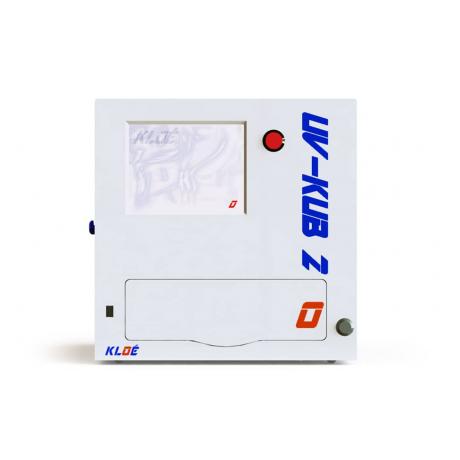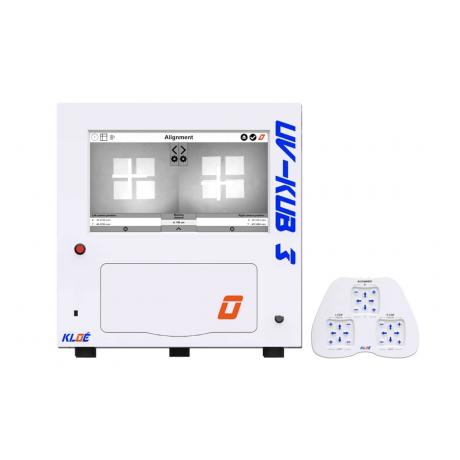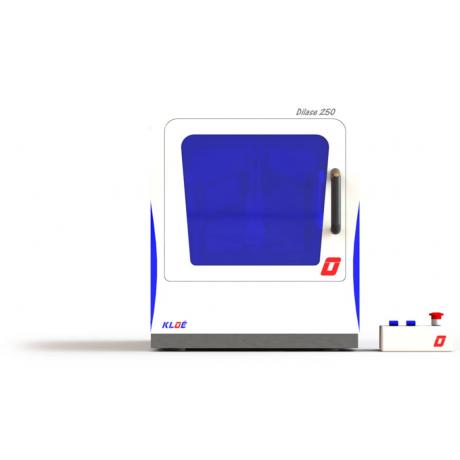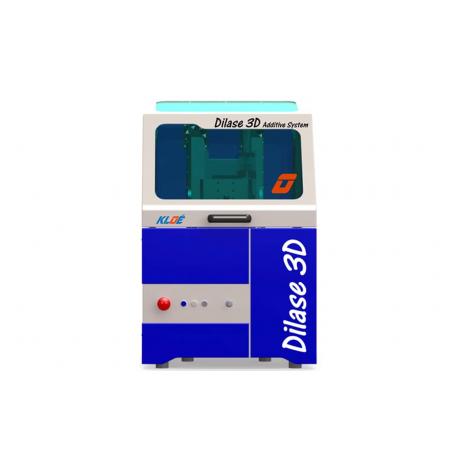Laser photolithography & UV exposure :
Microfluidics
Microfluidics: mask aligner, 3D microstereolithography & laser lithography application
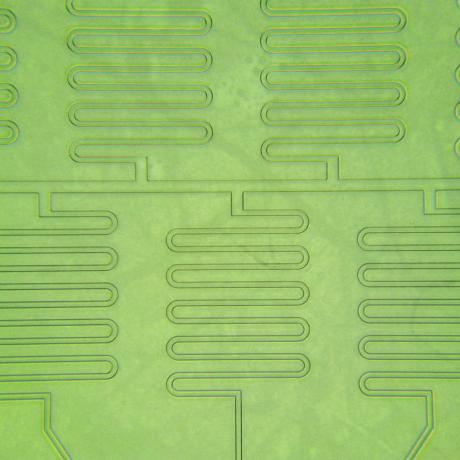
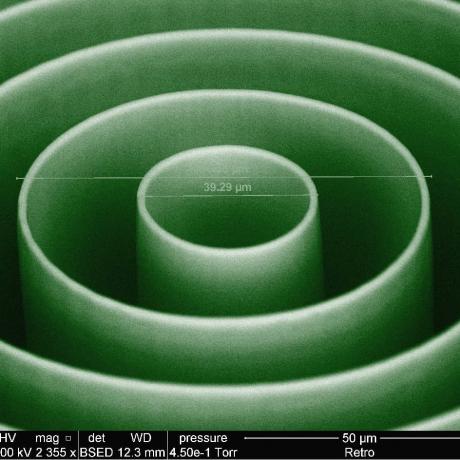
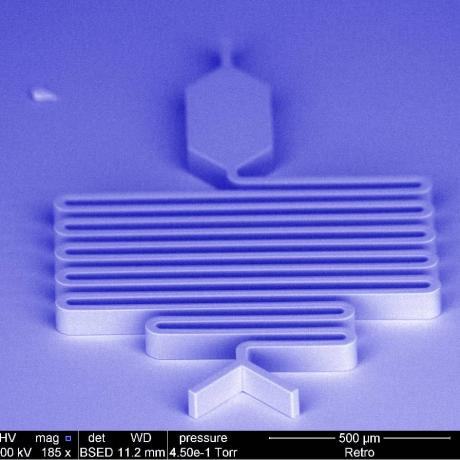
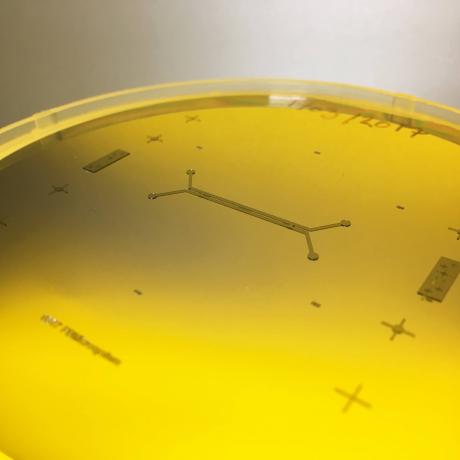
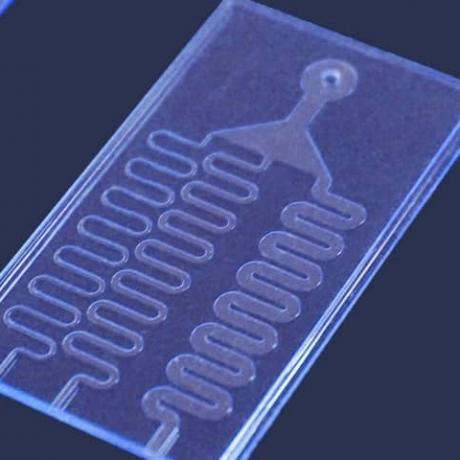
Microfluidics is a fairly new technology that is being developed in numerous sectors of activity, such as medical analysis, medical research and industry, biotechnologies, the food industry and cosmetics...
The aim of microfluidics is to permit an acute analysis of certain cells and to be able to treat an analysis almost cell by cell. It also allows the acceleration of certain reactions between cells, reagents and molecules. Finally, microfluidics enables to simulate the functioning of certain live organs or groups of organs by producing so called lab on-a-chip or organ-on-a-chip.
Specific needs of microfluidics technology
The production of these increasingly complex microfluidics devices requires a precision and a surface rendering that the traditional polymers or glass etching methods cannot satisfy. The researchers and industrials from this field are more and more calling for thick layers of photoresist (up to several hundreds of microns).
In order to satisfy microfluidics researchers, Kloe has developed a wide range of maskless equipment, the Dilase range, that guarantee:
- a unique performance to write in thick layers (up to several hundred of microns) with the same rendering, control and precision as in thin layers
- a perfect quality on the written sidewalls, without excessive roughness
To do so, Kloe has developed a specific optical processing chain witch offers:
- a unique depth of field (several hundreds microns)
- a vector-like (pen-style) writing mode in addition of the traditional raster writing mode
Furthermore, UV-LED maskers and mask aligners from the UV-KUB range have been specifically developed to meet the needs of the microfluidics community in terms of:
- performance
- ease of use
- compactness
- price
- capability to work outside of cleanroom
